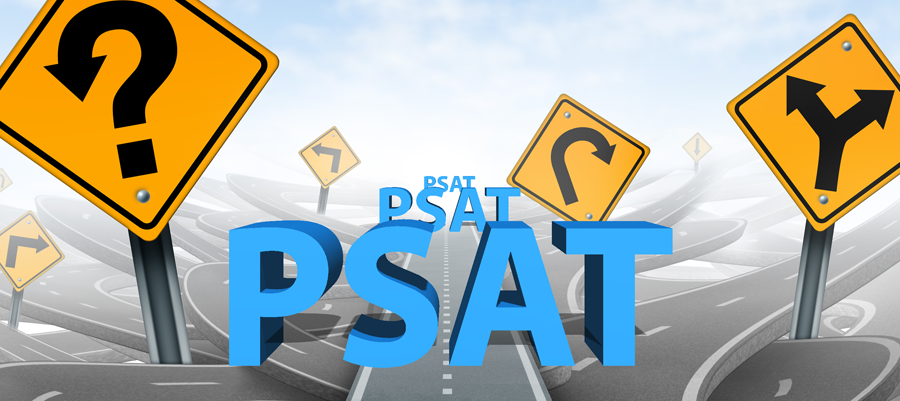 by Catherine Tierney
by Catherine Tierney
With the PSAT less than a month away, many high school students are wondering if they should be taking the test. To make a decision, it is important to consider the purpose of the test. The “official” purpose of the PSAT is to serve as a qualifying test for the National Merit Scholarship, a prestigious, nationally-renowned scholarship available to the top 1% of PSAT scorers in each state. Students not in this 1% use the PSAT as a practice test for the SAT. Freshman and seniors need not concern themselves with PSAT mania, but sophomores and juniors need to think hard about whether to take the test.
Sophomores: Most high schools open the PSAT to sophomores. We recommend that all sophomores consider taking the test. Though a PSAT score from sophomore year cannot be used to qualify for the National Merit Scholarship, the score can provide a helpful benchmark to determine if the student even has a chance of qualifying for the scholarship. Each state has a unique cutoff score (see the list of cutoff scores here http://www.compassprep.com/national-merit-semifinalist-cutoffs/). If your sophomore year score is within 10 points of your state’s cutoff, you should consider pursuing PSAT preparation to better position yourself for the scholarship. The PSAT can also be a valuable tool for sophomores deciding between the ACT and SAT. The PSAT mirrors the SAT almost exactly, so the PSAT score can provide insight into how the student might perform on the SAT.
Juniors: If prior test scores indicate that a student has a chance of qualifying for the National Merit Scholarship, then the student should take the PSAT (a sophomore PSAT score within 10 points of the state cutoff or a baseline ACT score around 30). Additionally, any junior who is planning to use the SAT as their primary college admissions test should take the PSAT. It presents a valuable opportunity to practice under testing conditions. If the student has decided on the ACT and is not likely to qualify for the National Merit Scholarship, there is really no need to take the PSAT.
Bottom line: Most sophomores should plan on taking the PSAT to begin gathering baseline testing data to help inform a comprehensive junior year testing plan. Juniors should only plan on taking the PSAT if they are projected to be in range for the National Merit Scholarship or are taking the SAT as their primary admissions test.




